What Kind Of Pot Do You Use For Schefflera? (Size, Material & More)
Schefflera or umbrella plants are popularly grown as houseplants in households. While growing this plant, growers might often wonder what pot they should choose for their plants. Growing your Schefflera in an unsuitable pot can affect their health and growth.
Generally, Schefflera needs a pot that is one size bigger than its root ball and has adequate drainage holes to drain the excess water. Always choose the right size pot for the Schefflera plant. Using a terracotta or ceramic pot is ideal for them as it provides proper aeration to the roots.
In this article, I will explain the different types of pots and discuss the pros and cons of each. This would help you decide which pot type should be ideal for your Schefflera.

Please note: Simplify Plants is reader-supported. Some links in the post are affiliate links and I get a commission from purchases made through links in the post.
Factors to consider while selecting the pot for Schefflera
The pot you choose for your Schefflera plays an important role in ensuring the plant’s health.
If the potting material and the size are unsuitable for the Schefflera, it will harm the plant.
Let us now understand the factors you must see before selecting an ideal pot for your Schefflera.
Size
The pot’s size plays a vital role in the growth of your Schefflera.
Many growers plant their Schefflera in bigger pots so that the plant would not need to get repotted anytime soon.
This is wrong because an excessively big pot will hold more soil than required and can lead to overwatering issues.
Similarly, if you plant your Schefflera in a pot that is too small for the plant, it will not get sufficient nutrients and energy from the soil.
Drainage holes
Choosing a pot with a drainage hole is perhaps one of the most important yet most ignored factors.
Many growers like to use pots that look fancy and have no drainage holes.
This does not let the excess water escape that stays stagnant inside the pot keeping the soil soggy and not letting it dry out.
This leads to root rot and a breeding ground for fungus growth.
It is of utmost importance that you use pots with drainage holes only.
If your post does not have one, you can drill a hole with a drilling machine.
If you want to use decorative pots, you can plant your Schefflera in a pot with a hole and then put it inside the decorative pot.
While watering, you can take out the smaller pot, water it, let the excess water flow out, and put it back in the larger pot.
Material
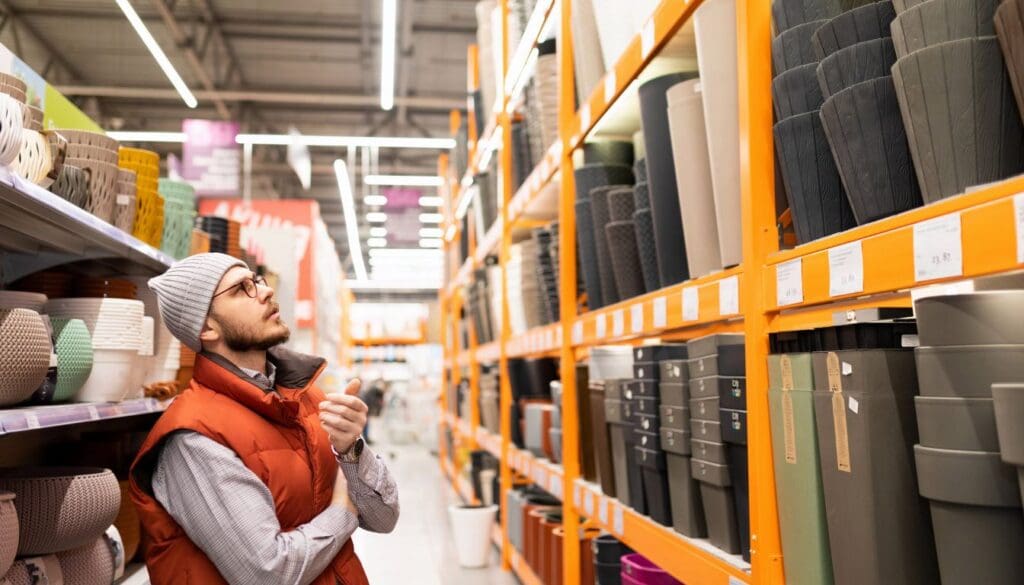
There are many materials of pots available in the market, like clay pots, ceramics, wooden pots, and plastic pots.
Each has its pros and cons, which we will discuss below.
What pot material you choose for the Schefflera depends on the plant’s requirements.
We will discuss this thoroughly in this article.
Cleanliness
Maintaining the cleanliness of the pot is important to prevent build-ups and contamination.
Over time the pots get harmful buildups due to constant watering, soil, fertilizers, and dirt.
The pots need to be cleaned after every few years.
Also, when there are pest infestations, and fungus infections in the soil and the plant gets repotted, we often ignore clearing and sterilizing the pot.
The unhygienic pot can pass on the infestation to the new fresh soil.
You must clean the pots periodically and scrub them with brushes.
Once all the dirt is gone, and it is clean, make a solution of 90% water and 10%bleach in a large container, soak the pot in it for 15minutes and then wash it off and let it dry.
This solution effectively kills all the disease-causing pathogens and microorganisms that might still be sticking to the pots.
Repotting
Schefflera plants are fast-growing plants outdoors; however, they grow at a medium pace if grown indoors in pots.
They need repotting every 2-3 years when they start showing signs of being root bound or in case there is root rot.
You must remember a few tips while repotting the Schefflera, which I will discuss below.
- The new pot should not be bigger than 2 inches from the existing pot.
- The soil mix you use to grow your Schefflera plays a vital role. Using compact and heavy soil can be bad for the plant. The soil needs to be prepared to make it light, well-draining, and loamy. To make the soil light, you can add organic elements like compost, sand, perlite, coco coir, pine bark, etc.
- After repotting the Schefflera, water it thoroughly until it runs off the drainage holes, and do not water it again until you find the top layer of the soil dry.
- It is important to keep the plant at a spot that gets bright indirect light but not direct sun and do not disturb the plant for some time, and give it time to settle.
- Do not fertilize the Schefflera after repotting for at least 2-3months because the soil mix you have prepared already has nutrients from the compost. Overfertilization can lead to root burns in the Schefflera.
Which pot size is suitable for Schefflera?

As discussed above, the pot size matters a lot in your plant’s growth.
There are different sizes of pots in the market, making it confusing to choose the right pot.
A pot that is too big or excessively small is unsuitable.
Let us now see the pros and cons of using a too big pot for your Schefflera.
Big pot: In a big pot, the roots do not feel suffocated, and they get a lot of space to grow and spread.
It also lets many airflows, water, and nutrition reach the roots.
But the plant invests so much energy in growing the roots that it stops growing in height and width.
It pays more attention to spreading more in the soil, so its foliage, flowers, and height stop growing.
Another big disadvantage is the chances of overwatering and root rot.
The big pot holds a lot of soil that retains more water than needed.
This can lead to root rot in the Schefflera as it is very sensitive to overwatering.
Excessive water keeps the soil soggy and blocks the soil’s oxygen circulation, leading to pathogens and fungus breeding in the soil.
Small pot: Like a too-large pot, a very small pot will also harm the Schefflera.
You need to keep the plant pruned and trimmed to ensure it stays fit for the pot.
The plant will get root bound too frequently, suffocating the roots.
The roots get all bundled up inside in this state, gradually absorbing all the soil and nutrients.
When you water the plant, it will flow out directly instead of getting absorbed by the soil because the roots tend to devour the soil stripping it of all nutrients.
The roots will come out of the drainage holes and on the soil’s surface.
So from the above discussion, we understood how a too big or too small pot could be unfit for your Schefflera.
The idea size is that which is not more than 2-3 inches is bigger than the existing pot.
So while choosing the pot, keep this in mind.
Which pot shape is suitable for Schefflera?
There are various pot shapes available in the market to choose from, like rectangle, oval or oval.
Most plant owners use the standard pots, which are tapered at the bottom because the pots that are not tapered and wide at the bottom tend to hold more water at the bottom, which is why such pots are generally avoided.
The soil on the top gets dry, but the soil at the bottom stays wet.
This is how it leads to overwatering and root rot issues.
So you can choose any shape pot, but those that are tapered at the bottom are more preferred.
Which pot material is ideal for Schefflera?
After discussing the size and the shape, the next and probably the most important aspect to understand is the material of the pot that you choose for your plant.
There are pots made of plastic, terracotta, clay, wooden, ceramics, etc.
Each has its benefits and problems.
Understanding these differences will help you choose the correct material for your Schefflera.
We will discuss each material briefly and what problems and benefits each of them can have on your plant.
Ceramic pots
Ceramics pots are very visually appealing, so indoor plant owners love them.
They come in various shapes, sizes, and colors.
They are not porous as clay and are glazed both inside and out.
Pros:
- They are heavy and suitable for big plants as they do not topple under their weight.
- They do not topple over, so the chances of them breaking are also low.
- The soil does not dry too fast and remains moist for longer because ceramic is not as porous as clay.
- Very attractive and popular for indoor plants.
Cons:
- Ceramic pots are more expensive than clay or plastic pots.
- Most of these pots do not have drainage holes which are extremely dangerous for the plants as the excess water keeps the soil soggy and wet for a long time and can lead to root rot. To tackle this problem, some growers drill holes at the bottom, and some, put the Schefflera in a smaller pot with holes and then insert it into this fancy ceramic pot.
- They are very heavy to move around the house, so some plant owners fix these pots on rollers to move around in the houses if they want to change the plant’s location.
Plastic pots
Plastic pots are universally very popular as they are extremely cheap and widely available.
Pros:
- They are the cheapest as compared to other types of pots.
- They can be easily carried around as they are lightweight.
- They are available in a large variety of colors and sizes.
- They are not breakable and can last for years.
- Moisture-loving plants enjoy it best because the soil retains moisture for a long time in these pots.
Cons:
- There is no airflow inside the soil, which might suffocate the roots.
- Chances of overwatering and root rot are more common because of the lack of oxygen in the soil.
- The soil stays soggy for a long time, making it a breeding ground for fungus.
- Plastic pots are not suitable for outdoor plants as direct sunlight can damage the pots over time.
Terracotta pots
Terracotta pots are the most commonly used and oldest material of pots that have been used since times immemorial to grow plants in containers.
Terracotta simply means baked earth, and it is made from clay and is unglazed and porous.
Pros:
- They are very easily available in the market in a variety of sizes.
- Terracotta pots are porous, letting airflow inside the soil, so the soil does not stay soggy and the moisture evaporates.
- They are not expensive, like ceramic pots.
- The chances of fungus growth and pest infestation in the soil are lower because of the porous pots as there is oxygen circulation within.
- The roots do not feel suffocated.
- Available in a large number of sizes.
- The pots are quite heavy, so the chances of toppling over are low.
Cons:
- It can get difficult to move around, especially with heavy plants.
- The soil dries quickly, so you must water moisture-loving plants more frequently.
- They can break easily.
Wooden pots
Wooden pots are relatively discovered in indoor garden scenes and have quickly become very popular.
They are made from woods and can last for quite a long term.
Pros:
- They are cheaper than ceramic pots.
- They give an exotic and unique touch to the house.
- You can paint them as per your choice.
- You can recycle them from old wooden objects like boxes, baskets, and chests, making them environmental-friendly and reducing wastage.
Cons:
- Wooden pots require maintenance as the wood gets damaged due to constant watering.
- The soil tends to dry faster as wood is porous, so plants enjoying moisture will need to be watered frequently.
- These wooden pots can lead turning the floor messy. You can keep a saucer at the bottom to hold water to prevent this.
Fiberglass pots
These pots are a recent trend and popular choice due to their several benefits and unique looks.
These are made from resins and fiberglass ad looks similar to plastic and ceramic pots.
They are extremely lightweight and durable.
Pros:
- Lightweight and easy to move around than clay pots and ceramic pots.
- Moisture-loving plants thrive in such pots.
- They can last for a long time.
- They are available in many types, shapes, sizes, and colors.
Cons:
- They are not porous, which can lead to overwatering problems.
- They are quite expensive compared to clay and plastic pots.
- They are not as durable as plastic pots and can break
- They tend to lose their shine and gloss after being used for a long time.
Metal pots
Metal pots are unique and bring an elegant look to your indoor garden spaces.
Pros:
- They do not break
- They are durable
- They can hold moisture which tropical plants enjoy.
- They look very sophisticated ad can become an accent piece in the indoor garden.
- You can recycle them from old pots, drums, tubs, etc., by drilling a hole at the bottom.
Cons:
- They are nonporous and can retain a lot of moisture which can be risky for your plant.
- They can become heavy to carry around.
- If used outdoors, direct sunlight can heat the pots, also heating the soil.
- They can begin to rust with time.
- You have to drill holes manually if they do not have one, which can be difficult for some people.
Final words

In this article, I have discussed the types of pots available in the market for your Schefflera. Whichever pot you choose, you must know how to care for your Schefflera in it.
Though your Schefflera is a tropical plant, it is very sensitive to overwatering if you choose a nonporous pot material. Clay pots require more frequent watering than the other pots, preventing the chances of fungus growth and overwatering, letting the soil breathe.
You must choose a pot depending upon the location and the kind of care routine you can follow. I hope this article has cleared all your doubts and helped you decide on the ideal pot for your Schefflera.
Reference: Wikipedia, Sciencedirect, Britannica, American Society for Horticultural Science, Schefflera taxonomic history.
Recommended Garden Supplies
| Product Image | Our Recommended Gardening Supplies | Check Offers! |
|---|---|---|
Top Top
Top
Top
Top
Top
Top
Top
Top | rePotme Houseplant and Tropical Classic Potting Soil Mix | Check Offer On Amazon |
 Top
Top
Top
Top
Top
Top
Top
Top | Espoma Organic Indoor Plant Food | Check Offer On Amazon |
 Top
Top
Top
Top
Top
Top
Top
Top | GooingTop LED Grow Light 6000K Full Spectrum Clip Plant Growing Lamp | Check Offer On Amazon |
 Top
Top
Top
Top
Top
Top
Top
Top | Soil Moisture Meter | Check Offer On Amazon |
 Top
Top
Top
Top
Top
Top
Top
Top | Govee Hygrometer Thermometer, Bluetooth Enabled! | Check Offer On Amazon |
 Top
Top | LEVOIT Humidifiers for Large Room(Best For Plants) | Check Offer On Amazon |
 Top
Top
Top
Top
Top
Top
Top
Top | Upgraded DIY Automatic Drip Irrigation Kit, 15 Potted Houseplants Support | Check Offer On Amazon |
 Top
Top
Top
Top
Top
Top
Top
Top | Stainless Steel Heavy Duty Gardening Tool Set | Check Offer On Amazon |
 Top
Top
Top
Top
Top
Top
Top
Top | Bonide Insecticidal Soap | Check Offer On Amazon |
 Top
Top
Top
Top
Top
Top
Top
Top | Bonide 32 oz Spray Neem Oil for Organic Gardening | Check Offer On Amazon |
 Top
Top
Top
Top
Top
Top
Top
Top | Garden Safe Fungicide | Check Offer On Amazon |







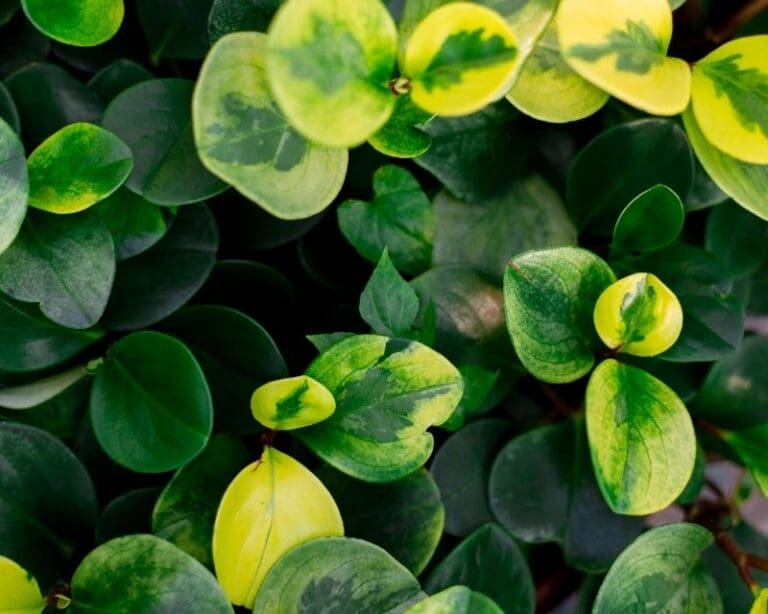
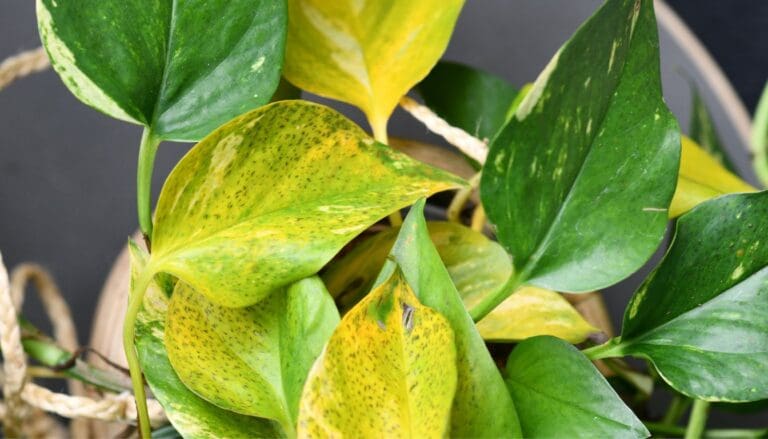


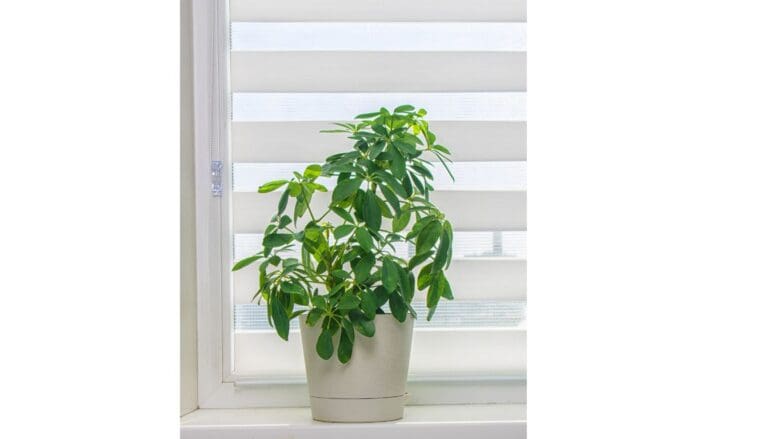
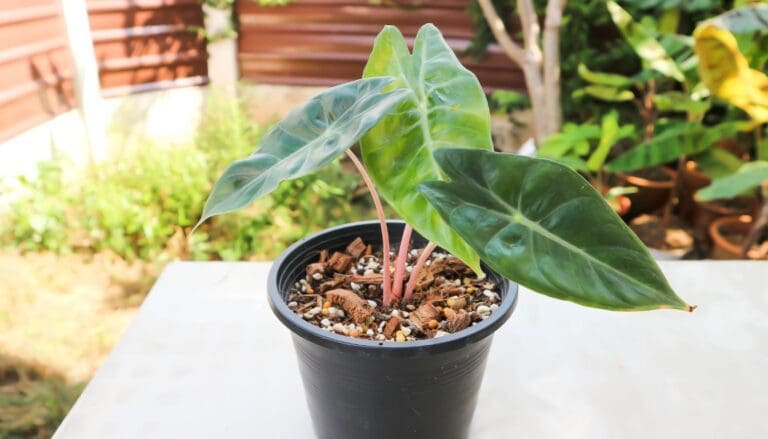
Is it better to have a single umbrella plant or multiple umbrella in a pot
Whether to have a single umbrella plant or multiple plants in a pot depends on personal preference and the size of the pot. A single plant can make a statement, but may need a larger pot to accommodate its size. Multiple plants can create a fuller look, but may compete for resources. The decision is up to personal preference and available space.
Mine is 8 feet tall and in a fiberglass pot and is 5 feet wide. It is 35 years old.